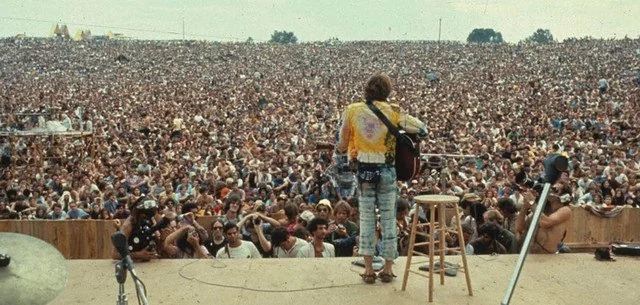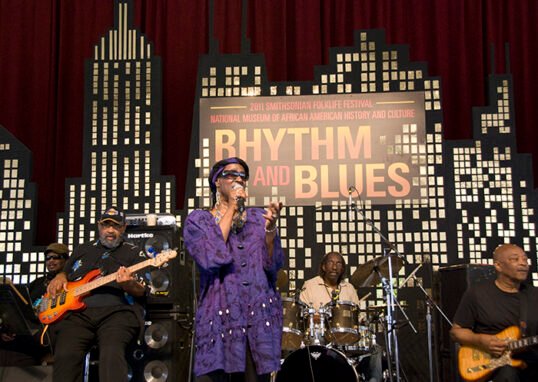
The 1960s and 1970s were transformative decades for rock music, marking a period of unprecedented influence and change. This era not only redefined the music industry but also had a profound impact on culture, society, and politics. From the rise of iconic bands to the evolution of musical styles, rock music played a central role in shaping the modern world. Here’s a look at how rock music revolutionized society during these pivotal decades.
The Birth of a Cultural Revolution
The 1960s were a time of significant social upheaval, and rock music became the soundtrack of the era. The genre’s rise coincided with movements for civil rights, gender equality, and anti-war protests. Bands like The Beatles, The Rolling Stones, and The Who were at the forefront, using their music to reflect and influence the changing social landscape. The Beatles’ arrival in the United States in 1964, known as “The British Invasion,” introduced American audiences to a new sound and style, sparking a cultural revolution.
Rock Music as a Voice for Protest

Rock music became a powerful medium for expressing dissent and advocating for change. Songs such as Bob Dylan’s “Blowin’ in the Wind” and Creedence Clearwater Revival’s “Fortunate Son” captured the spirit of the anti-war movement and criticized societal injustices. The genre’s ability to address political and social issues resonated with a generation seeking to challenge the status quo. The Woodstock Festival of 1969 epitomized this movement, bringing together hundreds of thousands of people for a three-day celebration of music and peace.
The Evolution of Rock Styles
The 1970s saw the diversification of rock music, leading to the emergence of various sub-genres. From glam rock to punk and heavy metal, these styles each brought something new to the table. Glam rock, with artists like David Bowie and T. Rex, introduced flamboyant fashion and theatrical performances. Punk rock, led by bands such as The Ramones and The Sex Pistols, rejected the polished sound of mainstream rock and embraced a raw, rebellious edge. Meanwhile, heavy metal bands like Black Sabbath and Led Zeppelin pushed the boundaries of rock with their powerful riffs and darker themes.
The Impact on Music Industry and Technology
The influence of rock music extended beyond cultural and social realms to reshape the music industry itself. The rise of album-oriented rock (AOR) marked a shift from singles-focused releases to full-length albums as artistic statements. This change allowed for more creative expression and experimentation. Additionally, advancements in recording technology, including multi-track recording and synthesizers, enabled rock musicians to explore new sounds and production techniques.
Rock Music and Fashion
The visual aspect of rock music also played a significant role in shaping fashion trends. The 1960s and 1970s saw rock stars becoming style icons, influencing everything from clothing to hairstyles. The bohemian look of the 60s, characterized by bell-bottom jeans and psychedelic patterns, reflected the counterculture movement. In the 70s, glam rock introduced glittery outfits and dramatic makeup, while punk rockers adopted a DIY aesthetic with ripped clothing and spiked accessories. These fashion trends became synonymous with the music and culture of the time.
Rock Music’s Lasting Legacy
The impact of rock music from the 60s and 70s continues to be felt today. The genre’s ability to challenge norms, inspire social change, and innovate musically has left a lasting legacy. The artists and bands from this era have influenced countless musicians and continue to be celebrated through retrospectives, reissues, and tributes. Rock music’s role in shaping modern culture is a testament to its power as a form of artistic expression and social commentary.
Conclusion
Rock music in the 60s and 70s was more than just a genre; it was a cultural phenomenon that changed the world. Its influence extended beyond music, impacting fashion, politics, and societal values. The era’s groundbreaking artists and evolving styles left an indelible mark on history, demonstrating the transformative power of rock music. As we look back on this revolutionary period, we recognize how rock music not only defined a generation but also set the stage for future musical and cultural developments.






